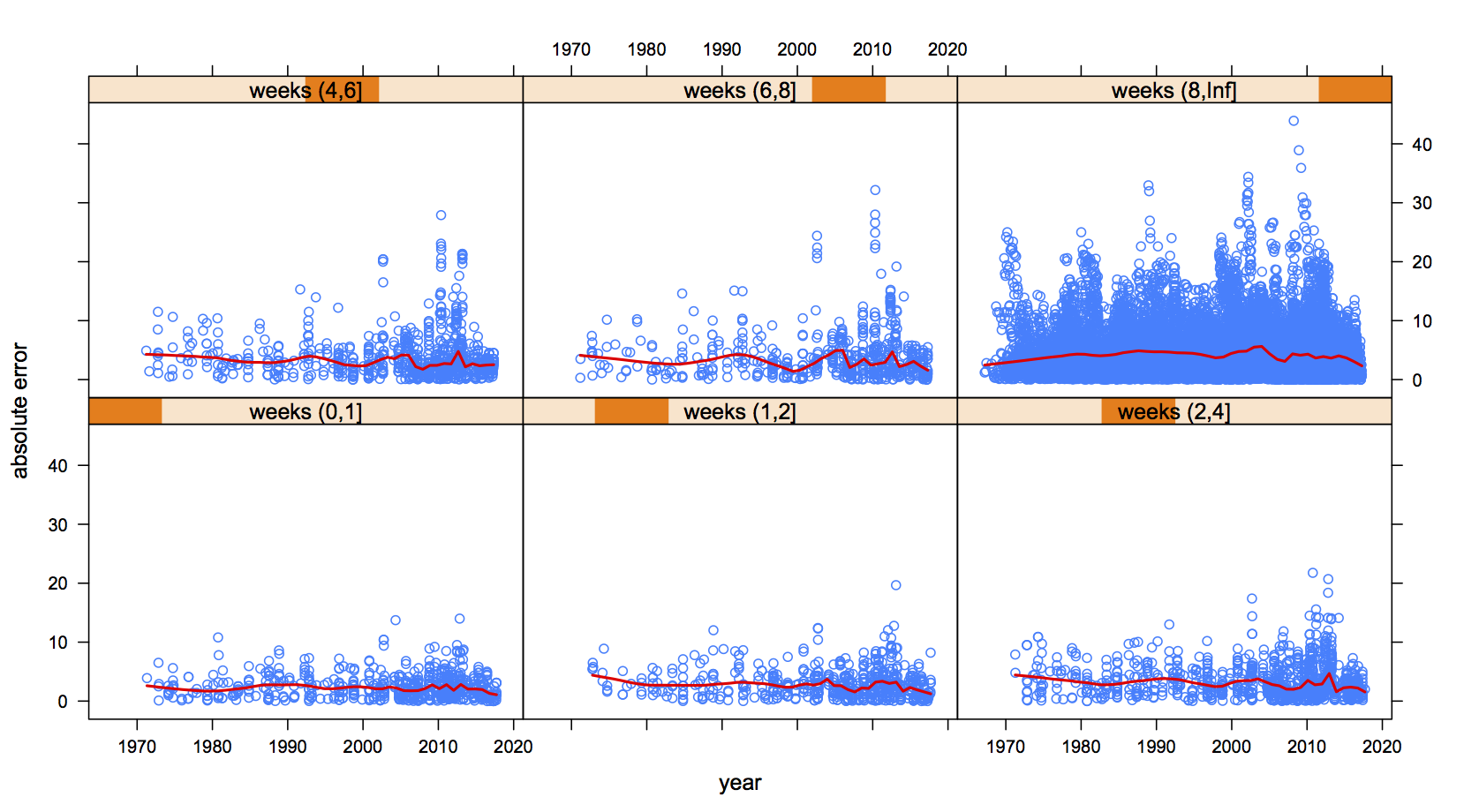Astronaut Scott Kelly has been extensively studied after a year in space (and so has his identical twin). There’s a new, and pretty dramatic, story about some of the results. For example, IFLScience says NASA Sent One Identical Twin Brother To Space For A Year – And It May Have Permanently Changed 7 Percent Of His DNA. So does Business Insider.
If you know that a chimpanzee’s DNA is only about 1% different from a human’s — or that a mouse’s is about 8% different — that sounds weird. It’s even worse than that: the chance you’d still be alive after that sort of mutation load is pretty small.
So what did happen? Well, the story seems to be an example of accumulated mutations itself. In a recent interview for Marketplace, Scott Kelly said
“I did read in the newspaper the other day… that 7 percent of my DNA had changed permanently,” Kelly said. “And I’m reading that, I’m like, ‘Huh, well that’s weird.’”
We’re seeing reports of someone quoting something from the media, rather than any primary source. If you go to the NASA press release, it says
Although 93% of genes’ expression returned to normal postflight, a subset of several hundred “space genes” were still disrupted after return to Earth.
That seems to be the origin of the ‘7%’ figure.
So what’s the difference? Imagine the genome as a library. A 7% chance in DNA would be like saying 7% of the words in all the books in the library had been altered. A change in expression in 7% of genes would be like 7% of the books having a noticeable increase or decrease in how often they were borrowed.
There were also some small changes in Scott’s DNA. His telomeres, which are the caps on chromosomes that stop them fraying at the ends (like the little plastic bits on shoelaces) were slightly longer — which is probably good. DNA that scientists sequenced from his blood also had “hundreds” of new mutations: more than you’d typically expect, but still only about 0.0000001% of his DNA
